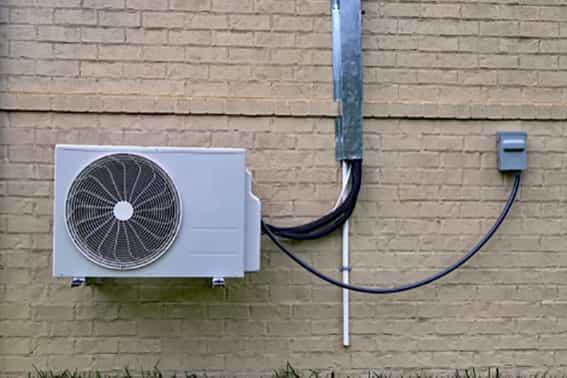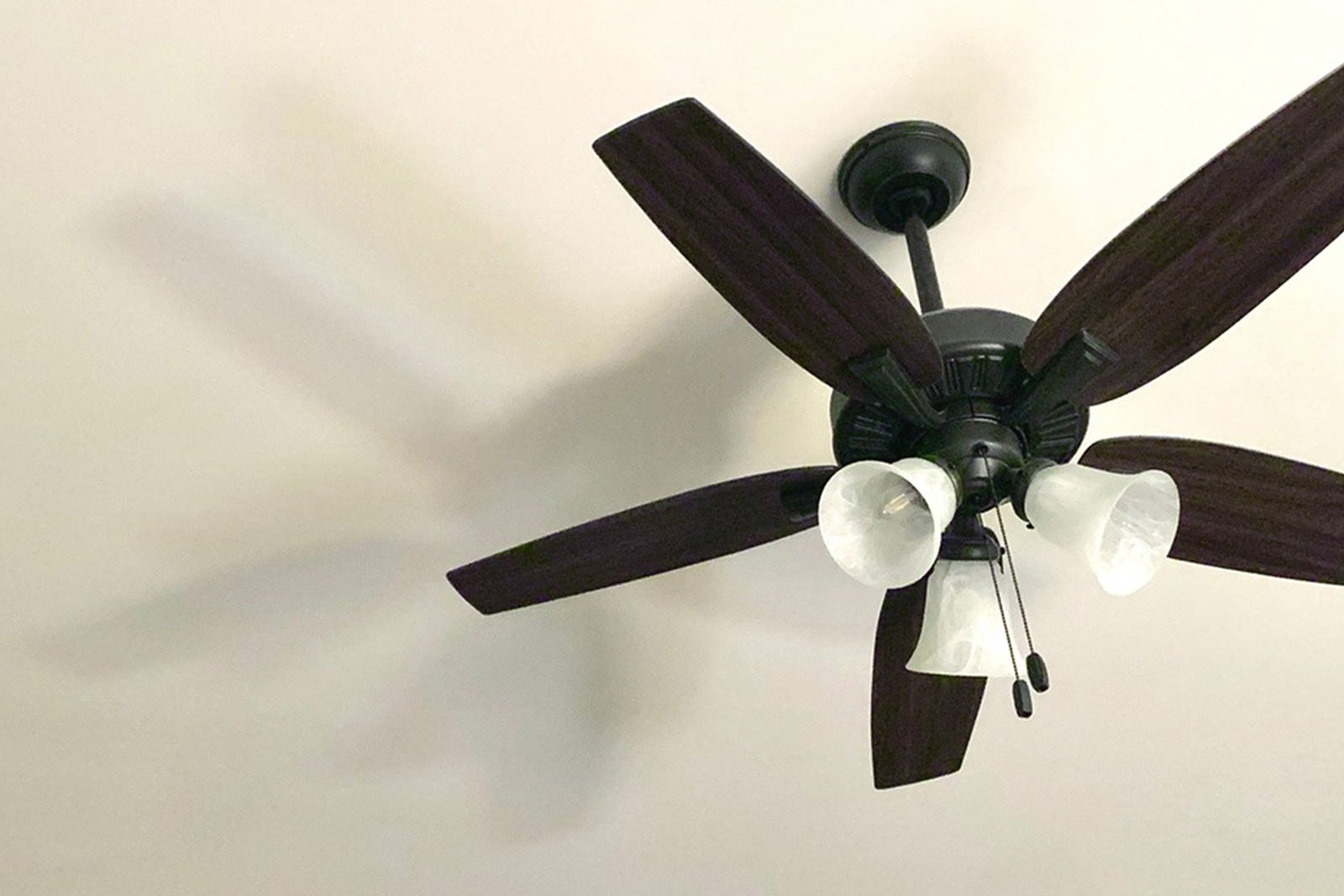Mini-splits, also known as ductless air conditioning units, are gaining popularity thanks to their energy efficiency and potential to create a range of temperature zones within the same home. While they can get expensive, they’re easy to retrofit into homes without HVAC ductwork. But is a mini-split the best AC unit for your home?
If you’re trying to choose between a mini-split AC system and a traditional HVAC system, you need to know what a mini-split system is and how it works. For some homeowners, a mini-split AC system can be the better choice – it can allow you to downsize while remaining in your home, for example, or keep family members from fighting over the thermostat. Here’s what you need to know.
How Does a Mini-Split AC System Work?
In a traditional HVAC system, a unit outside your home cools air and distributes it through your home via your ductwork. However, a mini-split system does not rely on ductwork to supply your home with cold air. Instead, refrigerant moves through insulated lines from the outdoor unit to indoor units located in each of your home’s cooling zones. Some outdoor units are powerful enough to divide your home into as many as nine cooling zones, each cooled by its own separate unit. Each indoor unit cools the room or zone it’s in.
These wall AC units are more secure than window AC units because they require only a small hole to be drilled into the wall to run the refrigerant lines through, so there’s no need to cut a huge hole in the wall and there’s no possibility that a burglar could just yank the unit out of the window and crawl inside. But mini-splits can be more expensive than traditional HVAC systems – a single-zone system can start at about $3,000, while a four-zone system can cost at least $12,000. The more zones you want, the higher the cost.





